I would like the pages of an .indd document to begin with regular text, no paragraphs (nor in the end), and to end with either italicized text or with 2 lines of regular text if the next page has at least one line regular text also. Could someone help me with this?
Good example:
The fox jumps over the lazy dog
UserThe fox jumps over the lazy dog
User
Complicated good example
The fox jumps over the lazy dog
UserThe fox jumps over the lazy dog
The fox jumps over
Next page
the lazy dog
UserThe fox jumps over the lazy dog
User
Bad examples:
(begins and ends with paragraph)
The fox jumps over the lazy dog
User
-
(ends with regular text)
The fox jumps over the lazy dog
User
The fox jumps over the lazy dog
-
(begins with italicized text)
User
The fox jumps over the lazy dog
User

